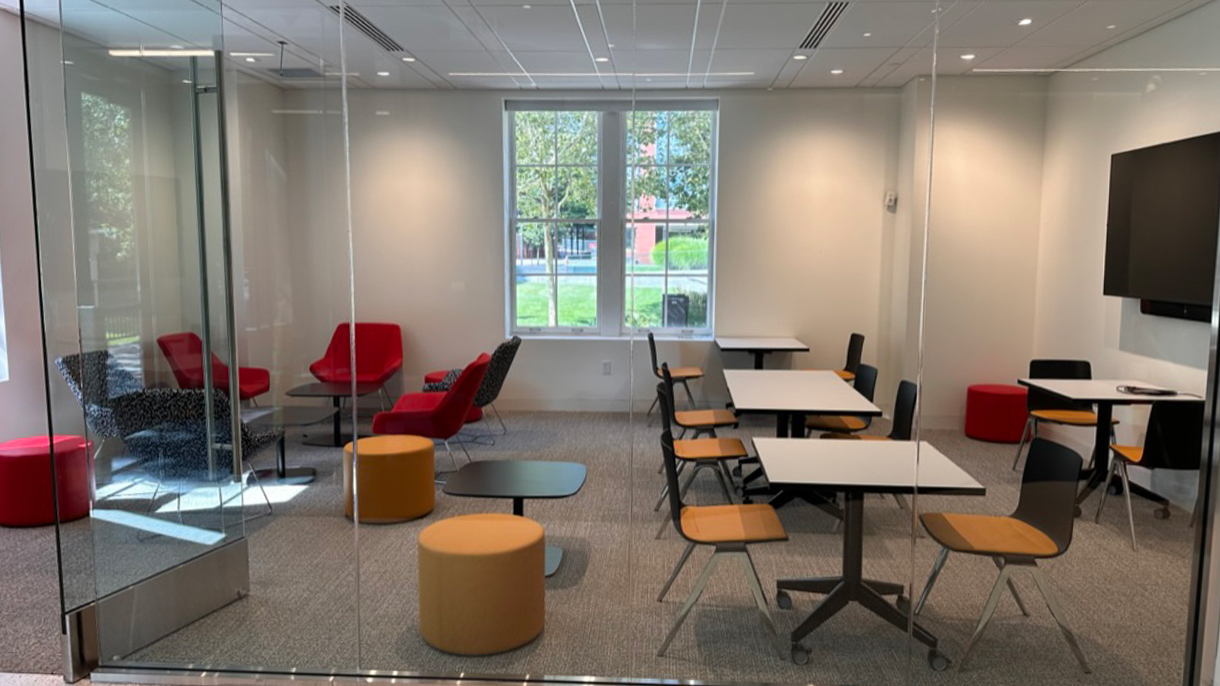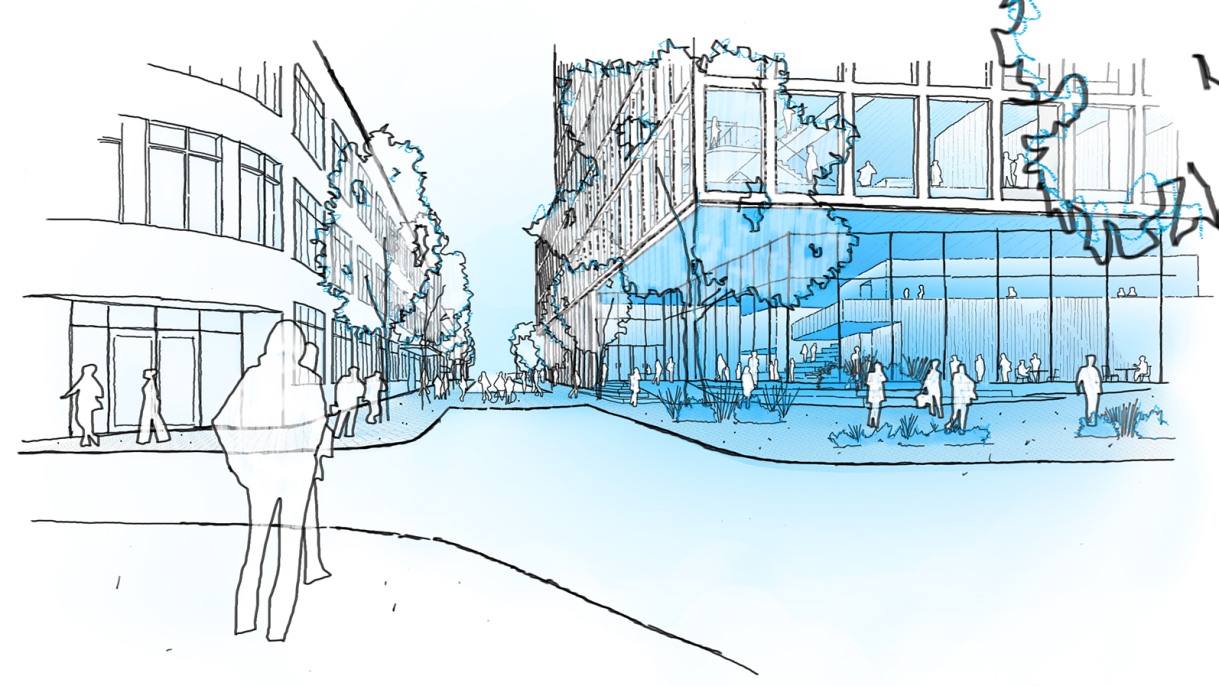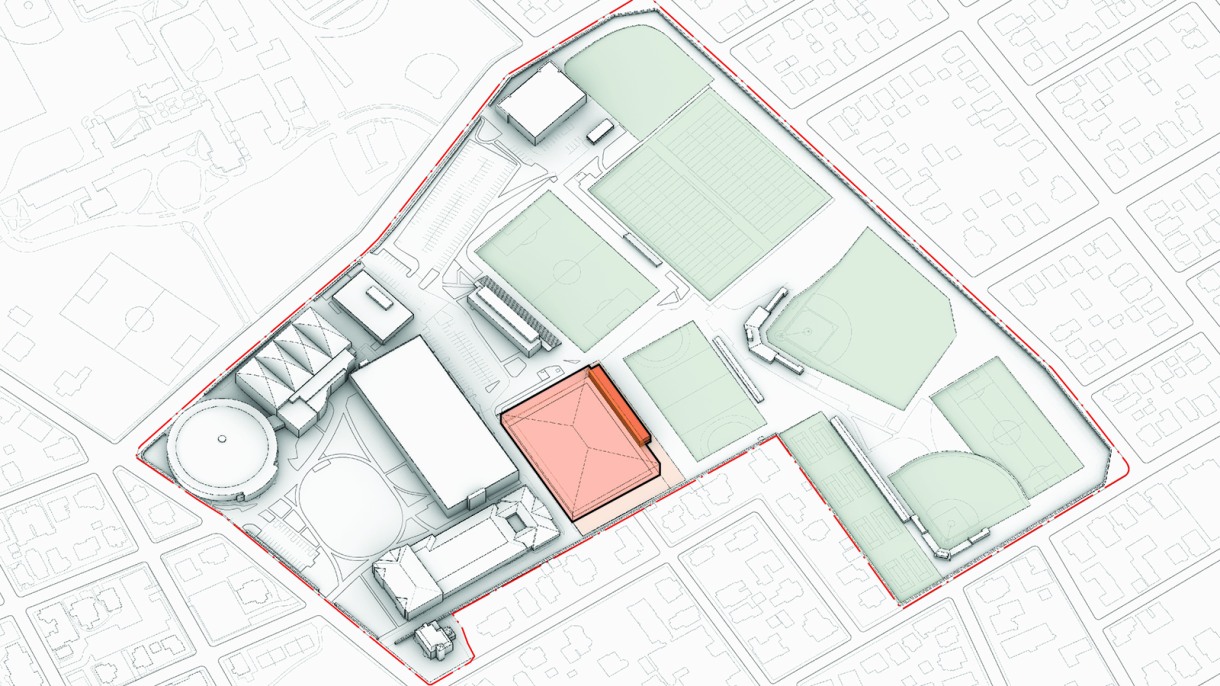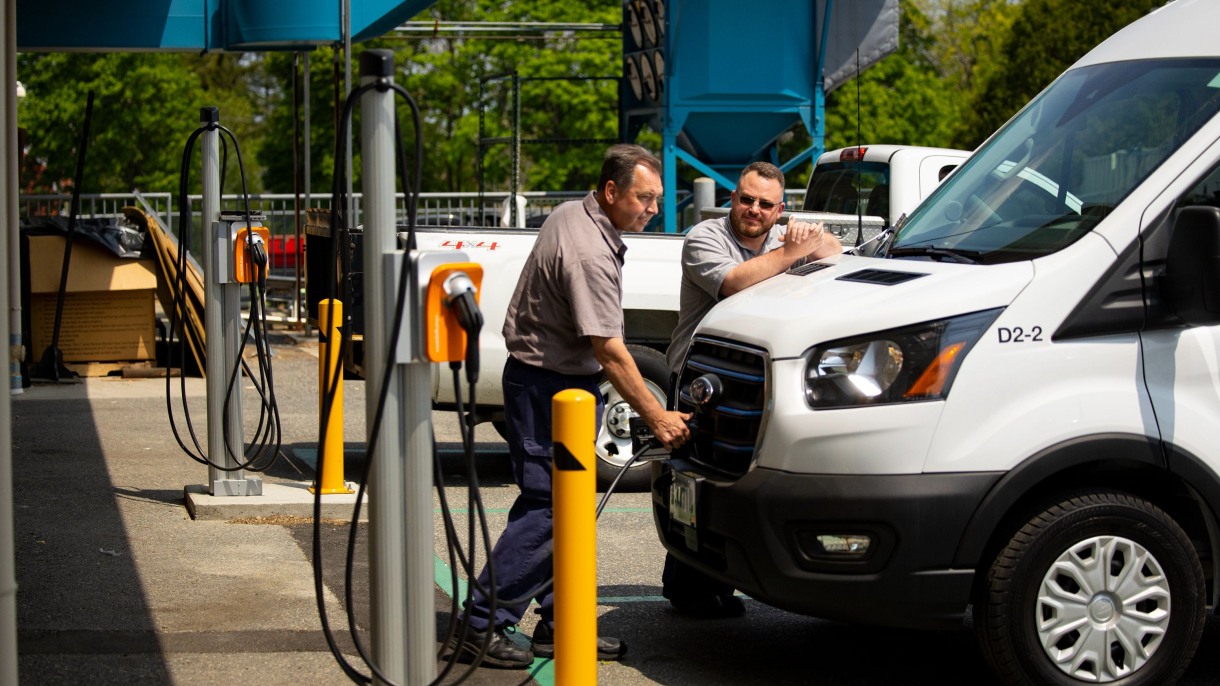
The Lindemann Performing Arts Center
One of the most anticipated additions to College Hill, The Lindemann Performing Arts Center will open its doors to the public this fall. The state-of-the-art, 118,000-square-foot venue boasts an innovative and radical approach to spatial, acoustic, and technical flexibility—anchored by a main hall designed to transform into five different configurations.
The University will dedicate The Lindemann next month with a full day of celebratory events, including a block party, discussions, tours, and a performance by the Brown University Orchestra and Chorus featuring violinist Itzhak Perlman DMUS’96 hon., P’92, P’96, P’01.
The ambitious project was the manifestation of support from donors across the Brown community, including gifts from John Atwater ’83, P’17 and Diana Nelson P’17 and Frayda Lindemman P’86, P’89, GP’15, GP’24 and her late husband, George Lindemann Sr. P’86, P’89, GP’15, GP’24, for whom the center is named.





